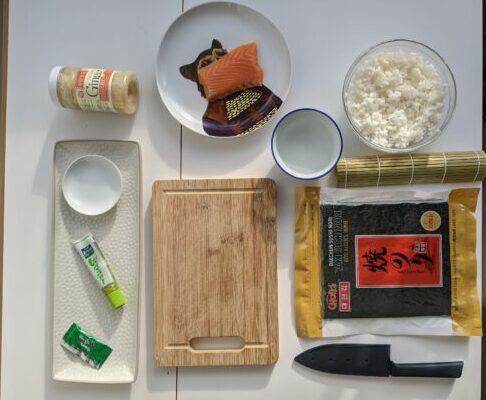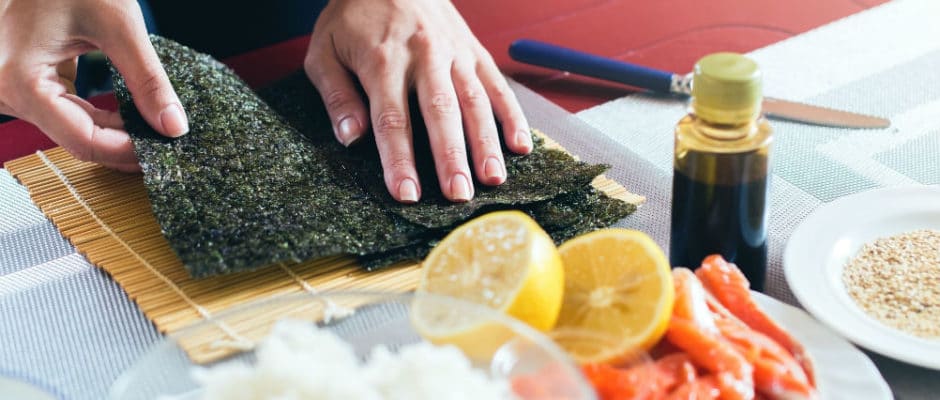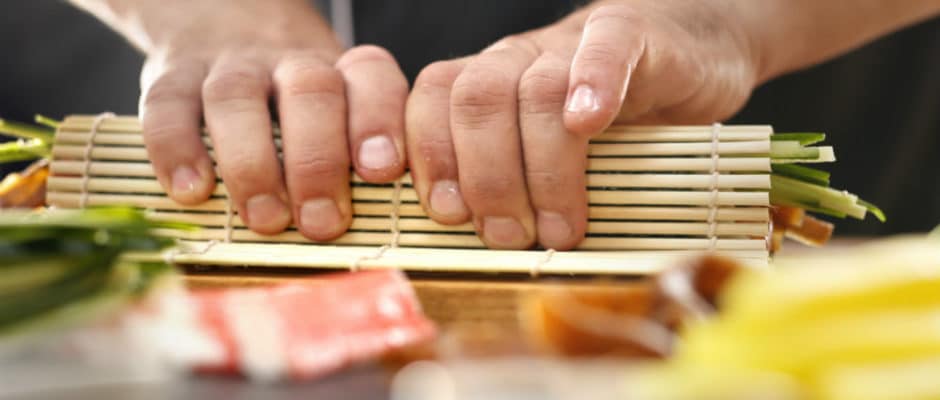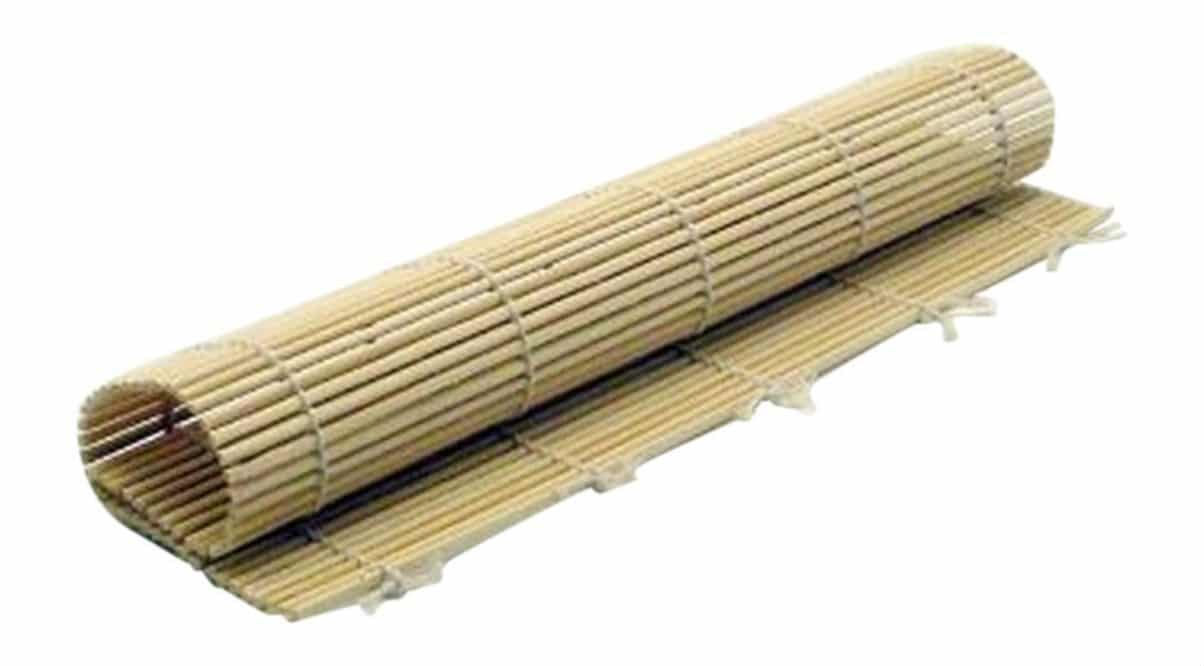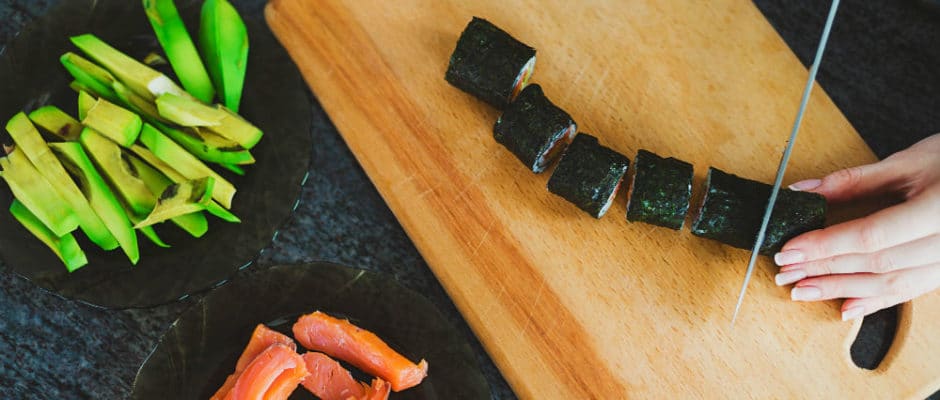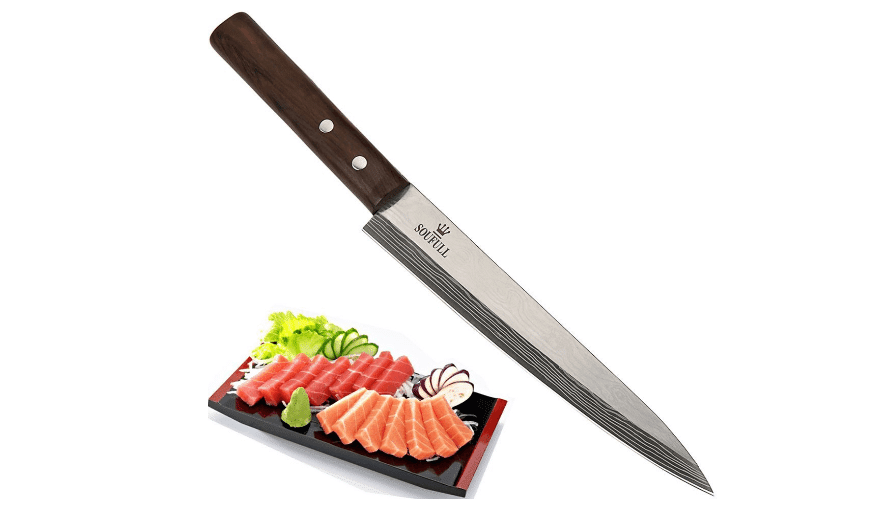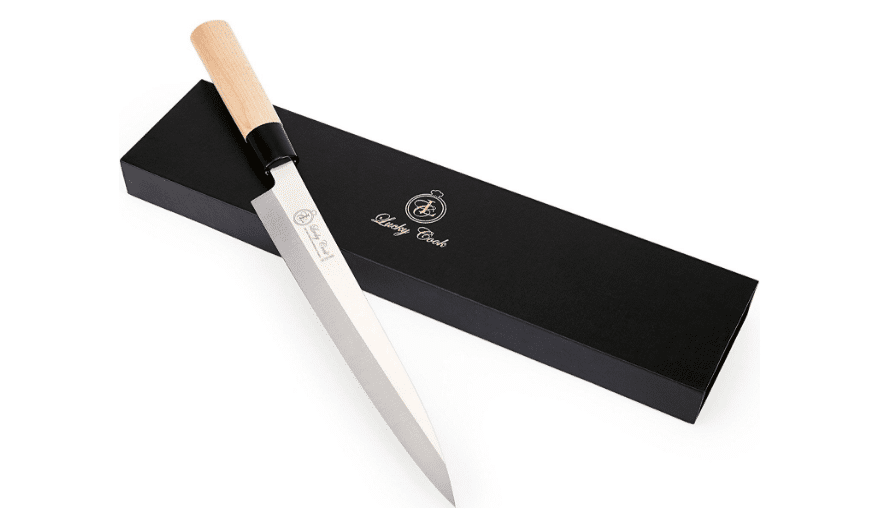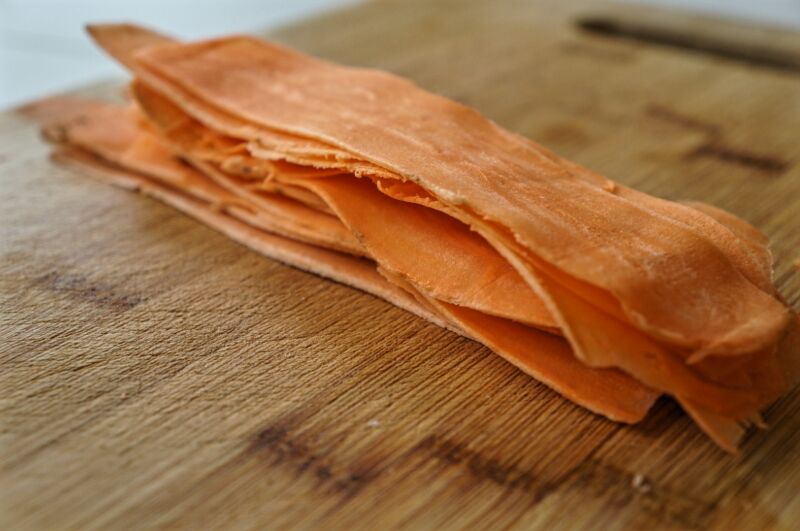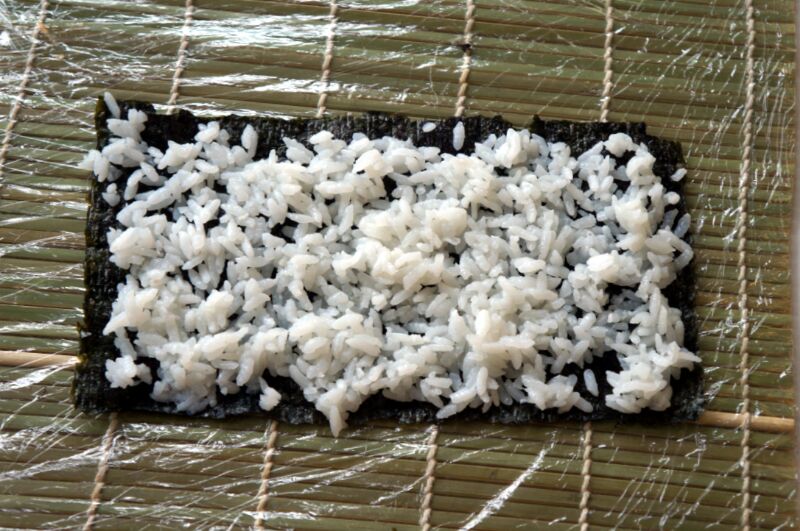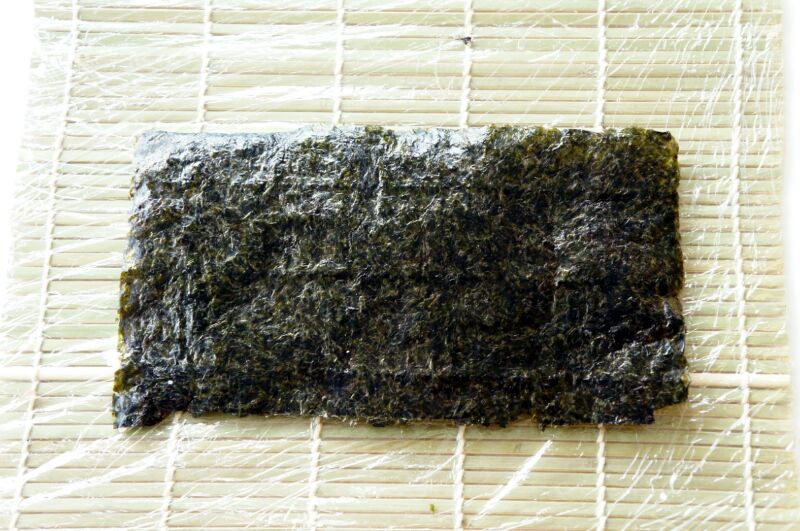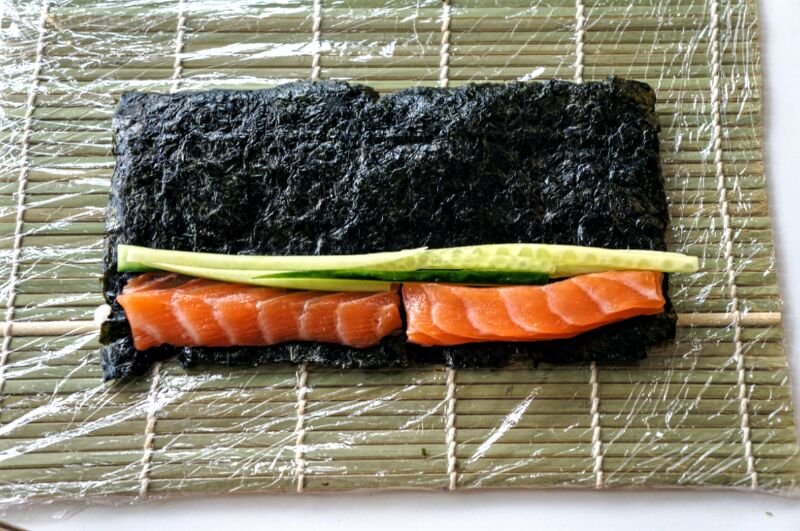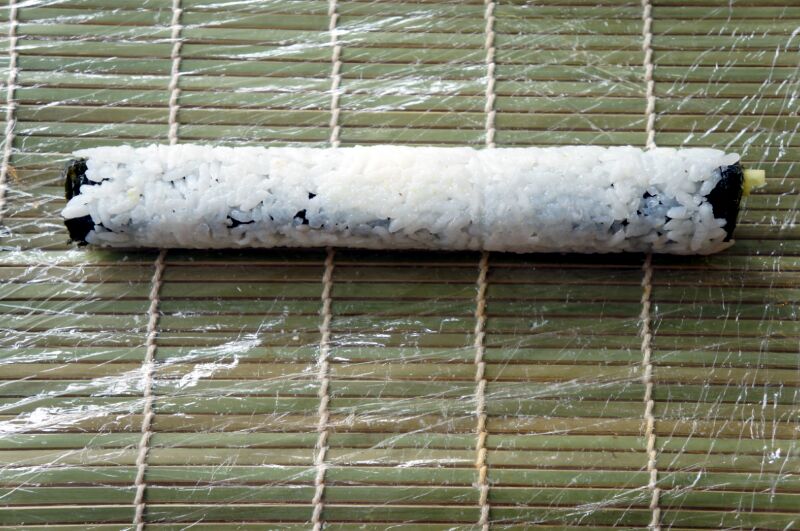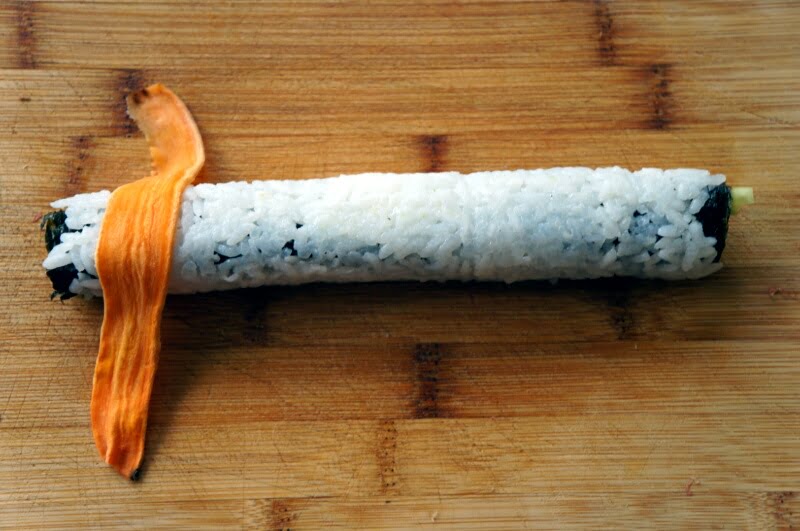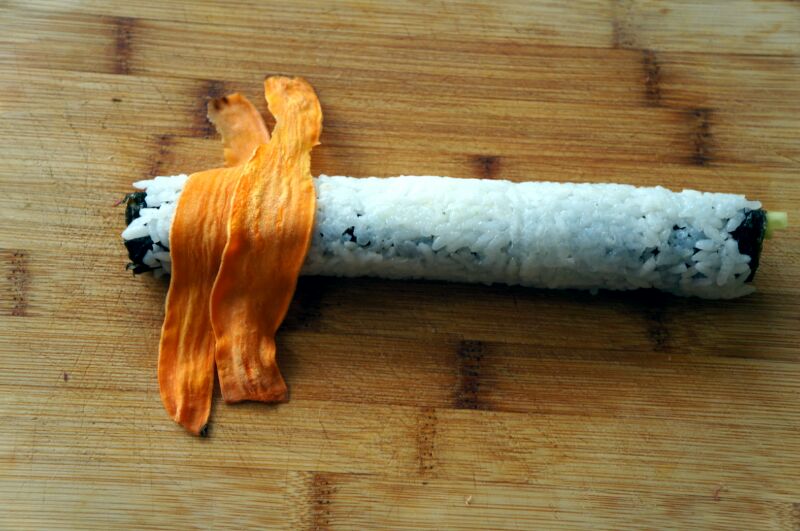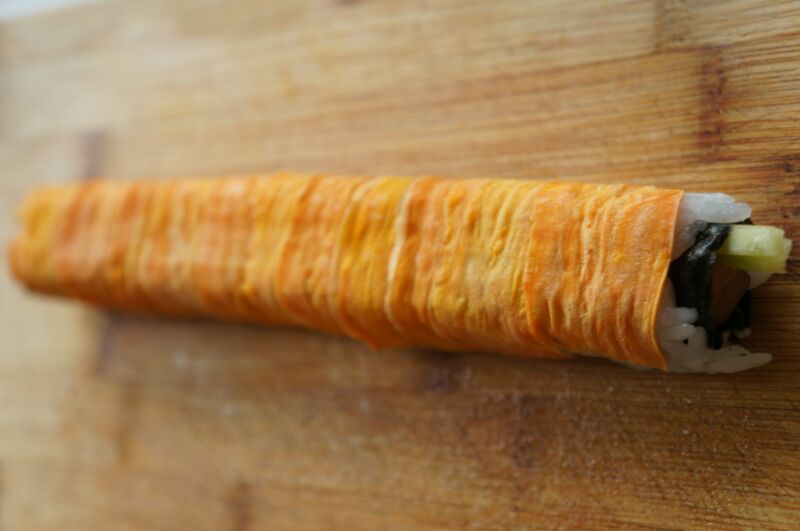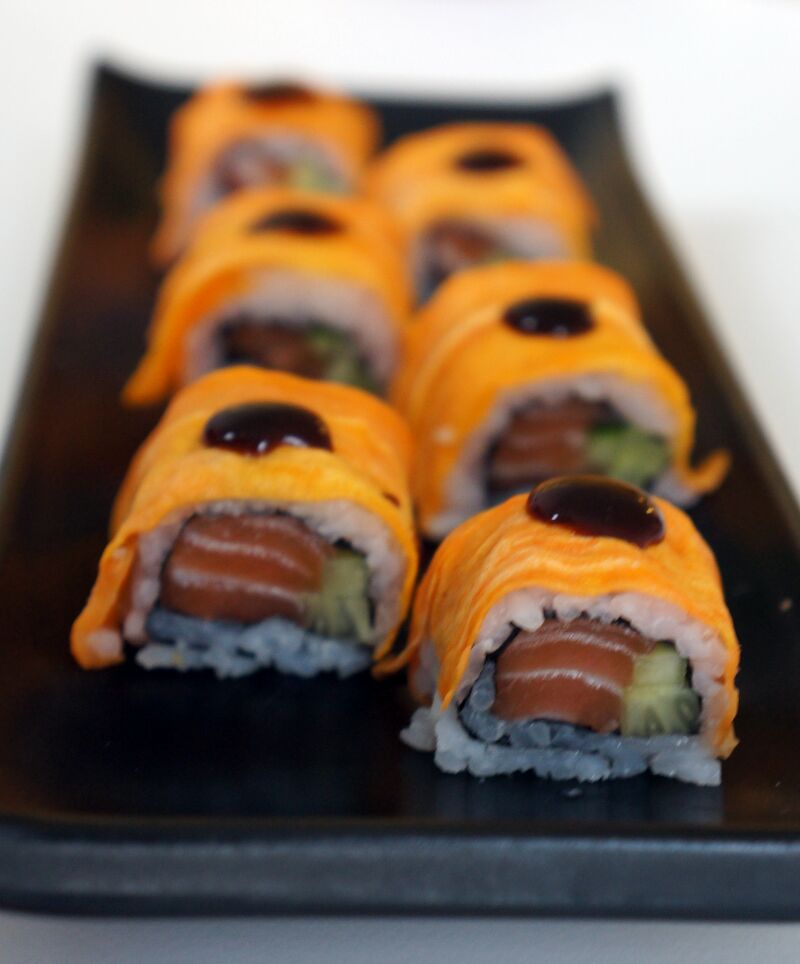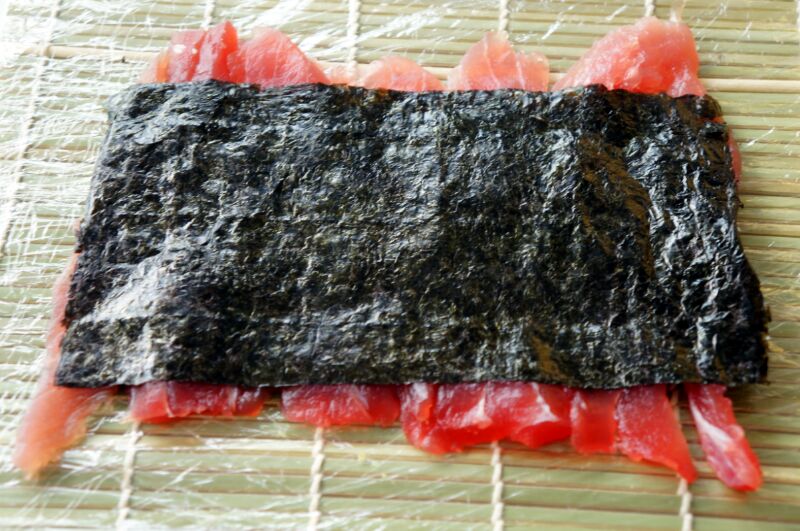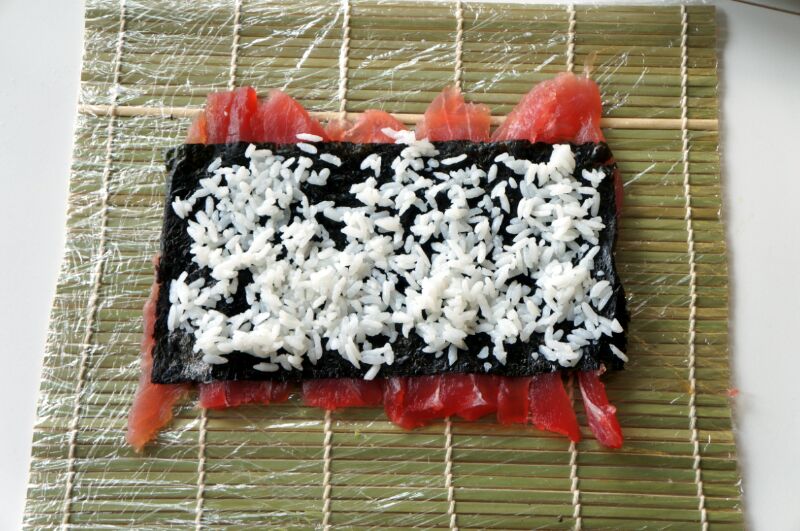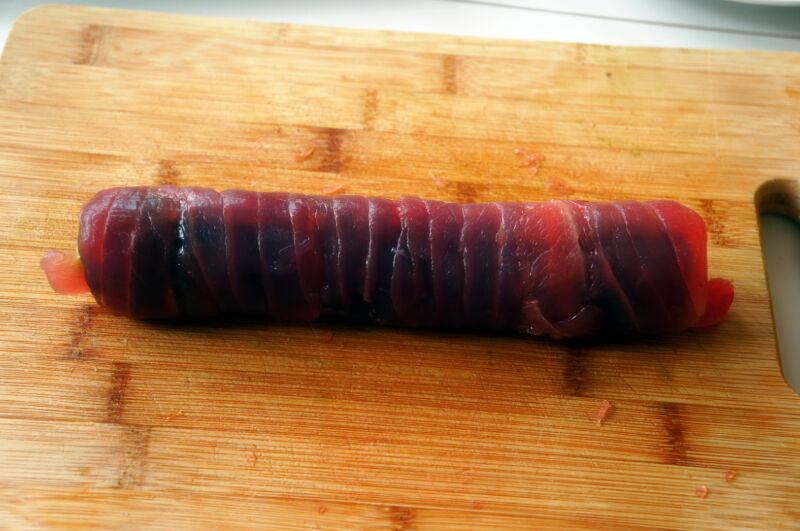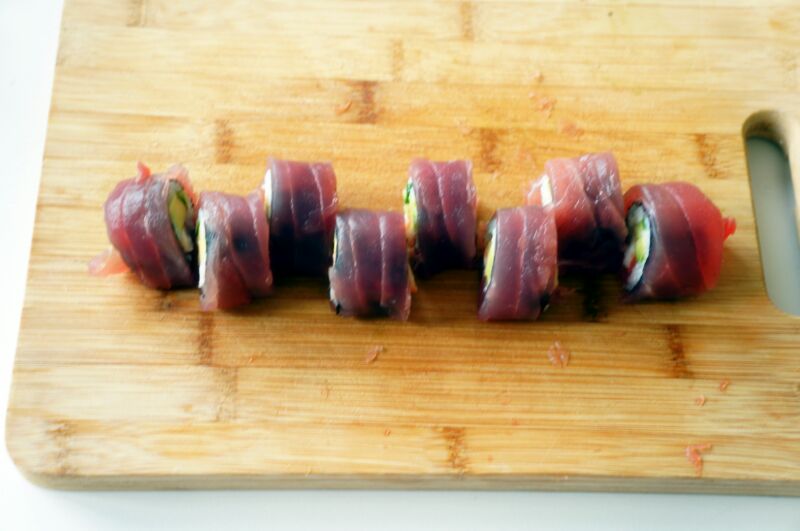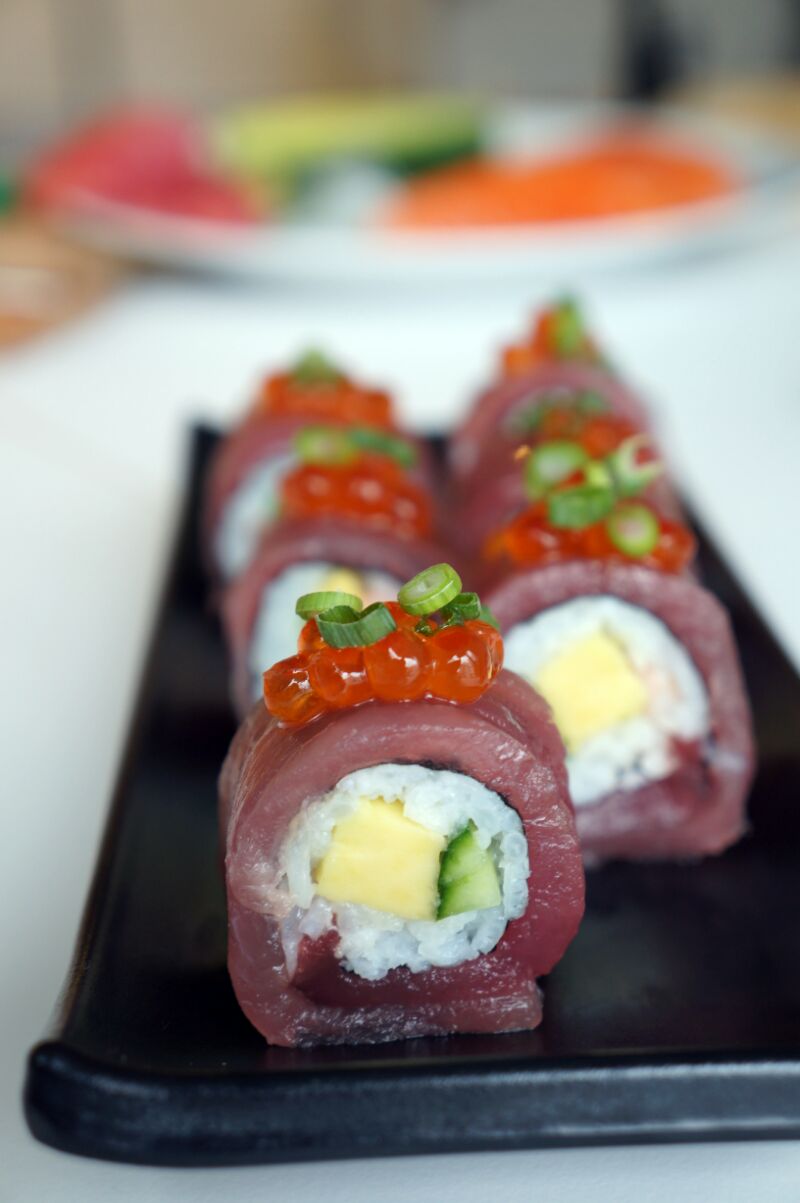What do they yell when you enter a Japanese restaurant?
You should be familiar with some Japanese phrases whether you’re dining with newly made Japanese friends, dining at a Sushi bar, or having a lunch meeting with a new Japanese customer. The majority of Japanese will forgive you if you do not grasp their practices and traditional words, but you display excellent manners and respect to others by adopting standard etiquette. “Irasshaimase” is an example of such a phrase.
Most travelers encounter the phrase “Irasshaimase!” (いらっしゃいませ!), which translates as “Welcome to the business!” or “Please come in!” within minutes of arriving in any Japanese restaurant. It is simply one of the numerous traditional Japanese techniques of extending a warm welcome to new clients on a formal basis. After saying Irasshaimase, the waitress or waiter will inquire about the number of individuals in your group before escorting you to your assigned table.
If you have ever traveled to Japan, you will be familiar with the phrase. Not once, but on numerous occasions. Several times over, its pitch can fluctuate from high and short to low and gruff, depending on the situation. The phrase is universal whether spoken by a single female staffer at a prestigious department shop or a group of chefs at a run-down Ramen restaurant. At any time of day or night, you can hear it shouted with complete apathy, or it can be said with great enthusiasm, volume, and joy of life that you could think you have accidentally walked into your own Japanese birthday bash.

What does Irasshaimase mean?
The question is, though, what the word actually means and where it came from. The phrase “Irasshaimase!” is a more formal variant of the phrase irasshai, which is an imperative version of the polite verb irassharu (), which literally translates as “to be/come/go.” The ‘mase’ ending is frequently put to the end of words in order to make them more courteous. It is simple to believe, given the fact that there are so many other methods to be friendly, why not add one more to the list? Marketplace vendors first used the phrase to get customers to come to their particular stand in a marketplace.
Over time, it has evolved into a standard greeting that can be found in practically every restaurant and retail outlet throughout Japan. Customers can hear it from outside supermarkets, inside shops, at checkout counters, petrol stations, the sale stands, and wherever else that staff has the opportunity to shout it out.

What do you have to say in response to Irasshaimase?
You are under no obligation to react; however, you can simply use a customary greeting like
- Ohayo gozaimasu. (It means Good morning)
- Konnichiwa (it means Hello in the daytime)
- Konbanwa (it means Good evening).
- Alternatively, you might simply nod as a casual bow.
Irasshaimase is simply a greeting you get when you walk into a restaurant or a store. You are under no obligation to tell anything. No, there isn’t any expectation on your part that you will answer.


